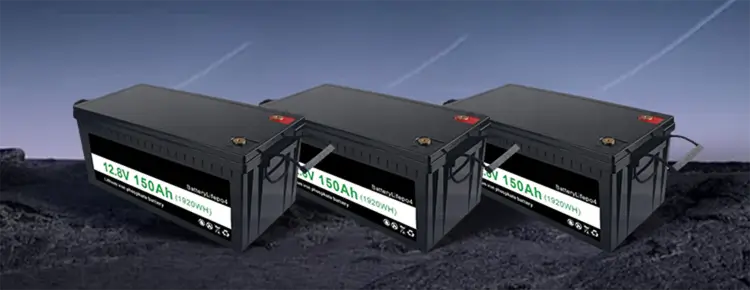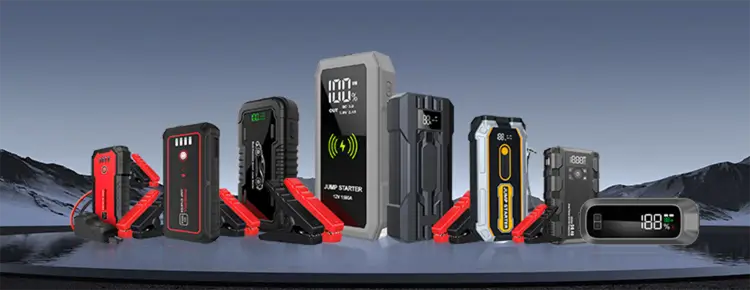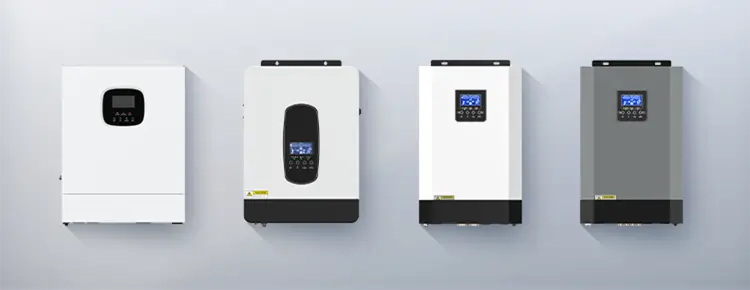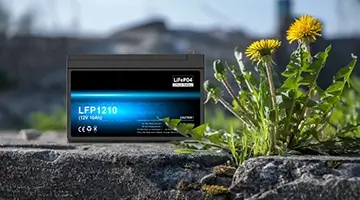



Blog
Hot Category
Latest Blog
14 Jan 2025
Nlelsen
Lithium iron phosphate batteries are widely used in modern science and technology. Their energy density is an important indicator, which determines the capacity storage of one kilogram of the battery.

At present, the mainstream energy density of lithium iron phosphate batteries is about 180 watt-hours/kilogram. In this way, one kilogram of lithium iron phosphate battery can theoretically store 0.18 kWh of electricity. Compared with ternary lithium batteries (energy density of about 0.25 kWh/kilogram), the energy density of lithium iron phosphate batteries is not the highest.
However, the actual capacity storage is affected by many factors. Battery aging will reduce the capacity storage over time and the number of charge and discharge times. Even if it is stored according to regulations, such as regular charging and storage at a suitable temperature, it will self-discharge and lose power. At the same time, the use environment and charging habits are also critical. Bad operations such as high-temperature charging and excessive discharge will damage battery performance and reduce the capacity storage. Correct charging, avoiding overcharging and over-discharging, and maintaining a suitable temperature environment for use and storage will help maintain the capacity storage.
Moreover, technological development may increase the energy density of lithium iron phosphate batteries, which may increase the capacity storage of one kilogram of batteries. Although the extent of the increase is uncertain at present, this development trend will undoubtedly enhance its competitiveness in the fields of new energy vehicles and energy storage. Although its energy density is not the best, it still has an irreplaceable position in many fields due to its advantages such as high safety, long life and low cost.